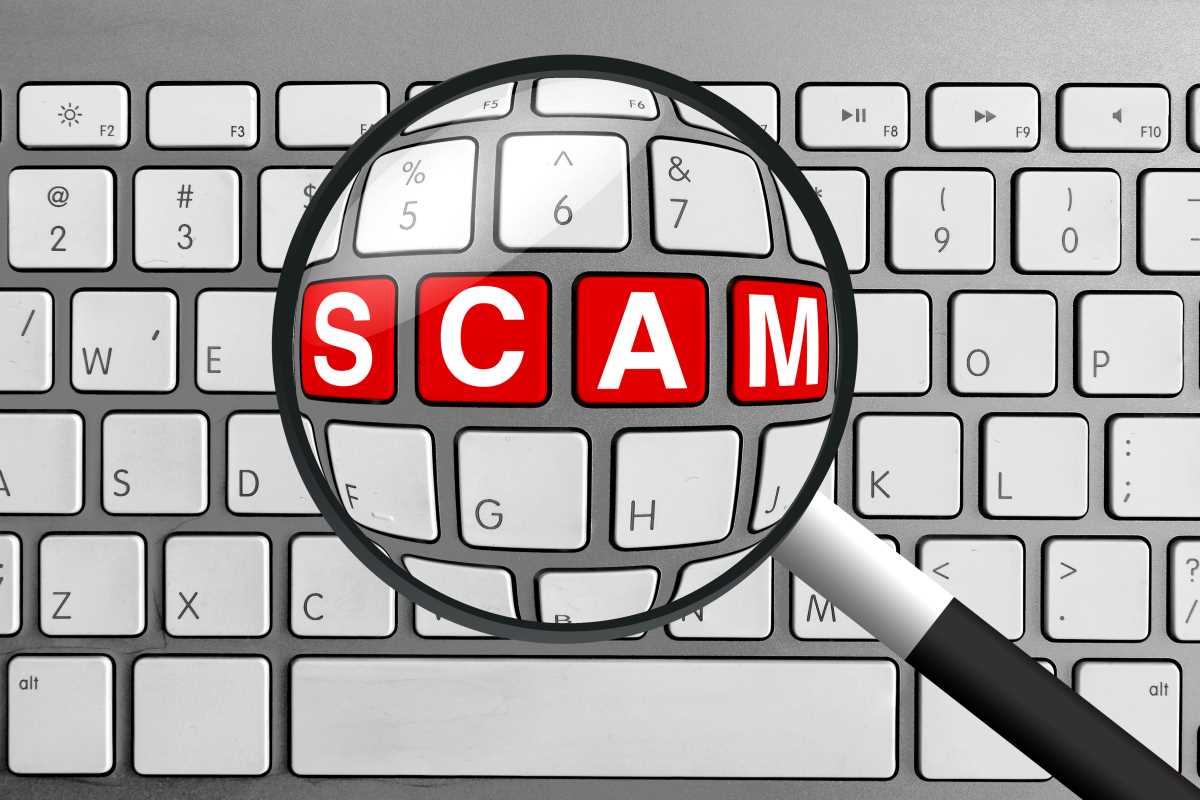Digital wallets and mobile payments are reshaping how we handle money. Gone are the days of carrying a thick wallet stuffed with cards and cash. With just a smartphone or smartwatch, you can pay for groceries, split a dinner bill, or even send money to a friend across the globe. These tools promise speed, convenience, and modern features, but they also come with challenges that shouldn’t be ignored. Understanding the pros and cons of digital wallets and mobile payments can help you decide if they’re the right fit for your lifestyle. Let's take a closer look at their biggest benefits, their potential downsides, and what that means for your everyday financial choices.
Pros of Digital Wallets and Mobile Payments
1. Unmatched Convenience
Carrying physical cash or multiple credit cards can feel outdated, especially when digital wallets streamline the entire process. Paying with a smartphone reduces the need for a bulky wallet. Imagine walking into a coffee shop, tapping your phone at the register, and being done in seconds.
Digital wallets can also store loyalty cards, boarding passes, and even tickets for events in one app. By consolidating all these items, you save time digging through a physical wallet, which can sometimes feel like a treasure hunt.
2. Speedier Transactions
Digital payments often process faster than cash or traditional card transactions. Some wallets like Apple Pay use Near Field Communication (NFC), which allows payments in a quick tap. Anyone juggling a busy schedule can appreciate shaving a few seconds off each purchase adds up quickly.
This speed also extends to splitting bills. Apps such as Venmo or Cash App make it effortless to settle IOUs among friends without needing exact change or manual transfer fees.
3. Focus on Security and Fraud Prevention
Many digital wallets offer features designed to keep your money safe. Payment methods like Apple Pay use tokenization, which means your actual card details aren’t shared during transactions. Instead, a unique code is generated for each purchase.
Biometric protections, like fingerprint or facial recognition, layer on extra security for your transactions. Unlike losing a wallet full of cash, stolen digital wallet funds may be recoverable depending on the app's protection policies.
4. Saving Time Across the Board
Banking apps tied to digital wallets often allow for auto-saving options, bill-pay tools, and direct-deposit features without needing to visit a physical bank or ATM. For small business owners, these platforms create opportunities to accept payments without the hassle (or fees) of investing in cash registers or card readers.
5. Eco-Friendly Transactions
Choosing mobile payments over physical cards and receipts is a tiny step toward reducing paper waste. No printed receipts means less trash because digital storage of receipts helps keep your records organized and easier to access later on.
Cons of Digital Wallets and Mobile Payments
1. Dependence on Technology
Sudden power outages or dead phone batteries can render digital wallets useless. Unlike cash or physical cards, these methods rely 100% on a working electronic device. A quick coffee purchase becomes impossible if your phone dies or internet service is unavailable.
This dependency extends to businesses. If the merchant’s payment system experiences a technical glitch, customers using mobile methods might find themselves stuck.
2. Limited Acceptance in Certain Places
Some businesses, especially smaller or older establishments, might prefer traditional cash or card payments. Chains and large retailers often support Apple Pay and similar services, but local shops may lack the technology or see little reason to invest in it. Traveling internationally can also bring complications since not all countries have standardized mobile payment systems.
3. Concerns About Privacy and Data Collection
Digital wallets gather user data, tracking things like spending habits and transaction history. Though this data is often used to enhance the services, privacy-conscious individuals may feel uneasy about corporations having access to so much personal financial information.
Data breaches are another risk. Tech companies advertise their robust security features, but hackers often see digital wallets as attractive targets due to the concentration of sensitive information stored in one place.
4. Learning Curve and Adoption Barriers
Not everyone feels confident using things like digital wallets. Teaching older family members to set up and use a mobile payment system often requires patience. Missteps, like linking the wrong bank account or misunderstanding app fees, can lead to frustration or even financial mistakes.
People new to digital wallets might also find the interface daunting, especially apps with features like budgeting, investing, and subscription management, which can feel overwhelming when bundled into what’s advertised as a "simple payment tool."
5. Fees and Hidden Costs
Some mobile payment apps, like PayPal or Venmo, charge fees for instant transfers or specific types of payments. Small amounts might not feel significant, but frequent users could end up spending more on hidden charges than they’d anticipate.
 (Image via
(Image via
.jpg)




